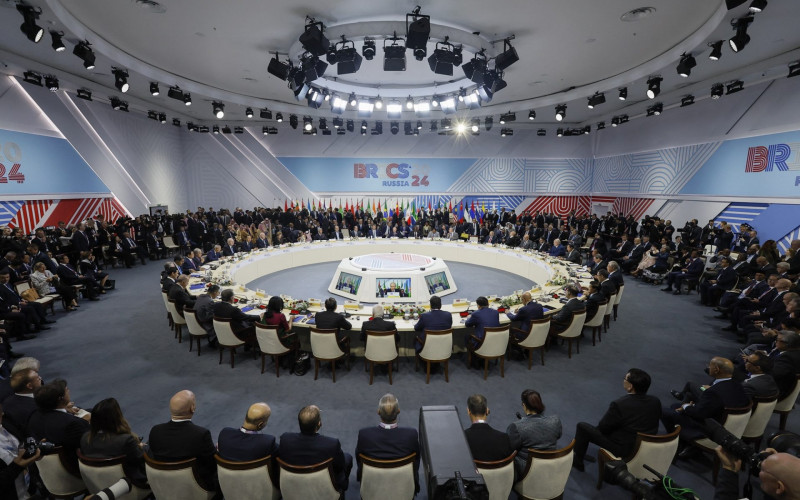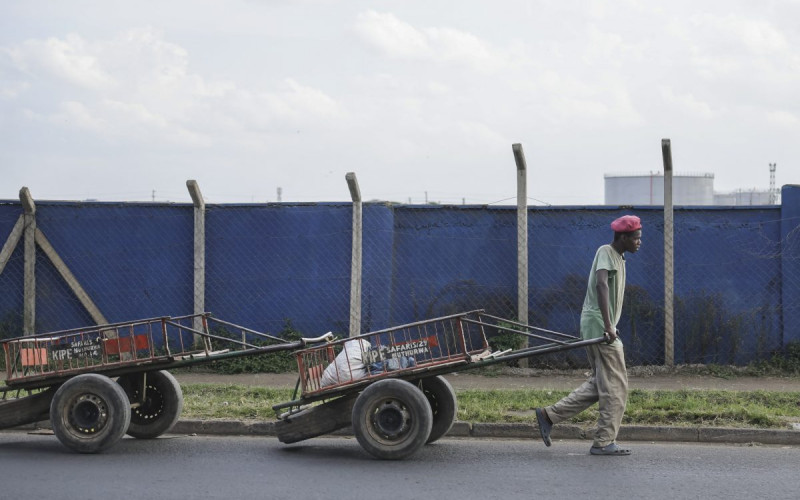Summary:
- Many SADC countries are locked in at primary value chain stages, producing raw materials for export with limited industrial activity and economic benefit. The SADC Industrialisation Strategy and Roadmap (SISR) seeks to change this by promoting investment and upgrades in regional value chains.
- This study assesses SADC priority value chains through an analysis of foreign direct investment (FDI) trends in the region. The assessment is based on inward FDI data disaggregated by sector, activity, job creation, export potential, source and destination country, and time period.
- The countries that attract the highest FDI in the region are South Africa, Angola, Mozambique, Tanzania and Zambia. South Africa attracts over five times the investments in other SADC countries. The sectors that attract the highest amount of FDI are financial services, business services, communications, software & information technology services, and food & beverages.
- Agro-processing sectors show significant opportunities for growth. Increasing regional supermarket and multinational agro-processing plant investments present opportunities for SADC countries to supply agricultural and/or processed products based on SISR priority sectors.
- Secondary activities (including manufacturing and construction) generate high job creation in the region, supporting the SISR’s focus on industrial activity to achieve inclusive growth and value addition.
- Service sectors such as renewable energy, communications and business services are receiving high FDI and will likely continue to grow based on emerging trends of digitalisation and sustainability. The region should explore opportunities to better capture value-add from these sectors through training and skills development, and local content, procurement and technology transfer incentives.
- There is a mismatch between export potential and FDI levels in the region. This points to a need to develop targeted policies and incentives to drive FDI into export-competitive sectors with low FDI. Sectors identified by this study include aquaculture in a range of coastal countries, meat in Botswana and Namibia, and oilseeds/legumes in Tanzania and Malawi.







